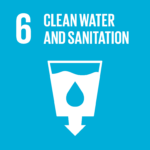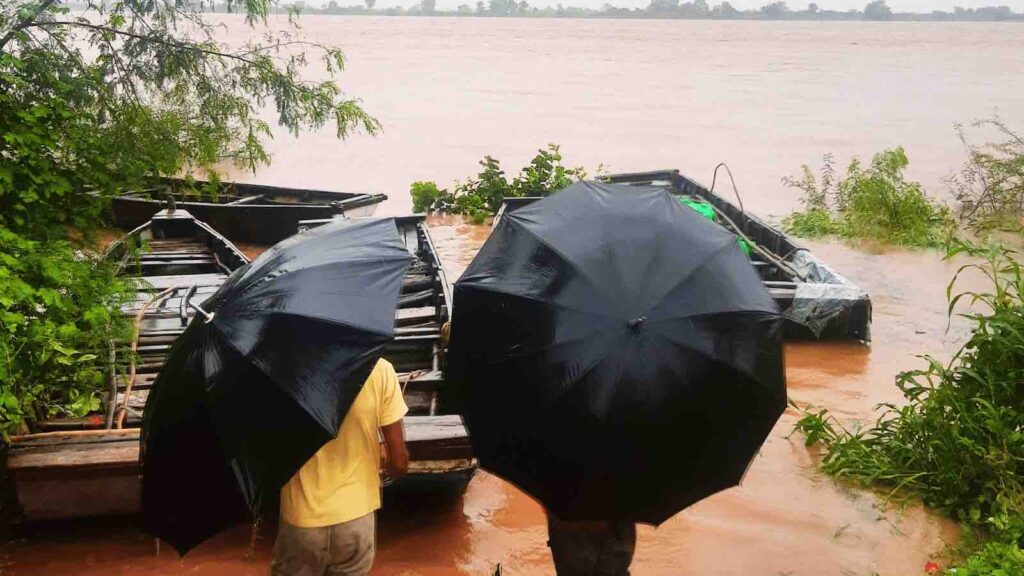As thousands of people in India battle the aftermath of floods, experts worry that groundwater levels will dip further and discuss ways of recharging the precious resource.
INDIA – As record floods ravage India, the root cause of the escalating crisis has come as a surprise for many. In Assam alone, incessant floods have affected over 100,000 lives across 20 districts since June. A similar plight was observed in India’s capital region, where recent catastrophic floods compelled more than 25,000 inhabitants of the low-lying banks of Yamuna to abandon their homes.
RELEVANT SUSTAINABLE GOALS



Groundwater crisis and Floods In India
Historically, wells have been an integral part of India’s landscape, with ancient civilizations relying on these underground reservoirs to tap into life-sustaining aquifers. Even today, many in India believe in the seemingly unending bounty of groundwater, especially in less developed areas. This extraction, however, comes at a cost, as India ranks as the largest groundwater user globally, with agriculture consuming an estimated 89% of the total abstraction.
In a groundbreaking June 2023 study, researchers unveiled an unsettling link that has largely been overlooked: unchecked groundwater extraction in Asian urban centers may be a significant contributor to the continent’s persistent floods. By the end of this century, portions of Asia’s mega-cities risk submersion due to coastal flooding.
Last year’s UN report added to the urgency by revealing that out of the top ten nations with the highest groundwater extraction rates, seven are in Asia. These countries account for almost 60% of the global extraction, with India playing a monumental role.
Mahak Agrawal, a climate scientist with the NGO, The Climate Clock, clarified that while groundwater extraction is causing cities in Southeast Asia, like Bangkok and Jakarta, to sink, the narrative in India differs. Rural areas, although heavily reliant on groundwater for agriculture, aren’t the direct cause of the floods they experience. Instead, Agrawal points to the combination of erratic weather patterns and intense rainfall.
However, urban areas tell another story. Rising populations have increased the strain on groundwater resources, while rapid urbanization has compromised natural groundwater recharge capabilities. Urbanisation has led to a reduction in permeable surfaces and green cover, effectively hindering rainwater from recharging the aquifers. This deluge of surface run-off, laden with toxins and solid waste, wreaks havoc in urban centres, causing localised flooding that adds to the misery.The result? Flooding, worsened by toxic runoff.
Cities across India are now looking to innovative projects to aid sustainable water management, ranging from rooftop gardens and permeable pavements to rainwater harvesting within the Metro rail network, as seen with the DMRC (Delhi Metro Rail Corporation).
Yet, while many are advocating for change, there’s significant opposition, particularly from powerful corporate lobbies that see potential economic downsides to new conservation measures. Their resistance becomes evident as reports emerge of seven conglomerates bypassing recommendations from a mammoth USD 530 billion fund’s documents. These guidelines encompassed a range of concerns, including water management and climate change.
The tension between short-term gains and the nation’s long-term survival is setting the stage for a fiercely contested battleground in policy reform. The choices made today will undeniably shape the future of a nation on the frontlines of the climate crisis.
You may also be interested in :
Weathering The Storm : Asia’s Battle Against Monsoon Season & Extreme Weather



